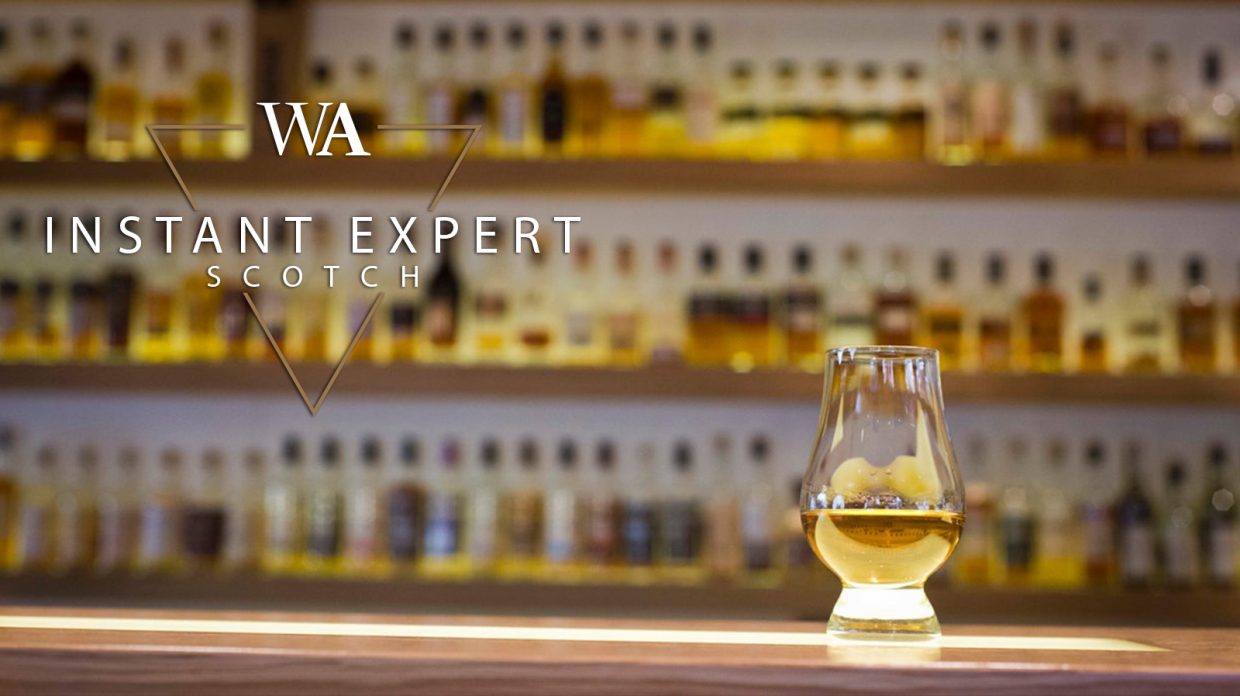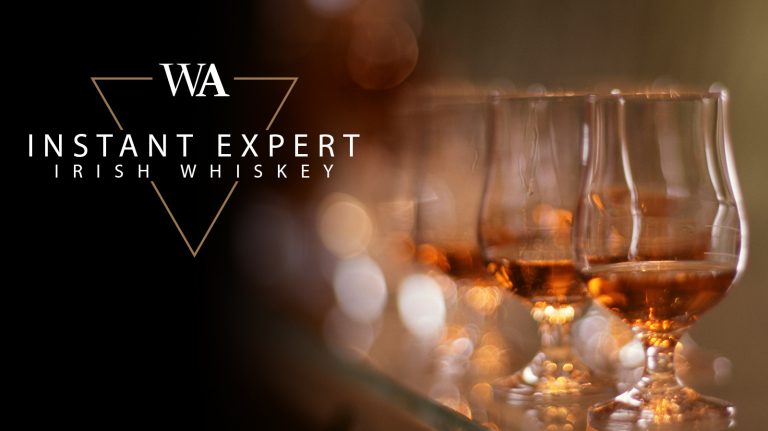
Where It’s From
As it says in the name, scotch comes from Scotland. It can be made anywhere in the country, and is often designated as coming from one of five regions: Lowlands, Highlands/Islands, Speyside, Islay, or Campbeltown.
What It’s Made Of
Scotch can be made of any cereal grain, which results in three main types of whisky:
Malt
Malt whisky must be made in a pot still of malted barley only. Single malt whisky comes from only one distillery.
Grain
Grain whisky is made from malted or unmalted cereal grains, including wheat, corn, and barley, and is typically made in a column still. Single grain whisky comes from only one distillery.
Blended
Blended whisky is a mixture of whiskies from different distilleries, typically using both malt and grain whiskies. Blended malt whisky mixes single malts from a number of distilleries. Blended grain whisky mixes single grains from a number of distilleries.
How It’s Made
The Scotch Whisky Regulations 2009 dictate certain rules for what qualifies as scotch. Scotch whisky must:
- Be made of only water and malted barley, plus other cereal grains (optional);
- Be mashed, fermented, distilled to no more than 94.8% ABV, and matured in oak casks not exceeding 700 liters for a minimum of three years in Scotland;
- Not contain additives other than water and caramel coloring (e150a);
- Retain the characteristics of its raw materials and production, and maturation methods (in other words, smell and taste like whisky);
- Be bottled at no less than 40% ABV.
To learn the basics of whisky-making, check out “How Whisky Is Made.” There are a few notable differences for scotch. For instance, at the malting stage, peat is often—though not always—included in the drying fuel to add distinct flavors. In addition, all single malt whisky must be bottled in Scotland, but other types of scotch can be exported in bulk in inert containers and bottled elsewhere.
Classic Examples
There’s a lot of diversity in flavor profile among both single malt and blended scotches, so it’s worth exploring many brands to find your favorite. Some well-known single malts include Glenfiddich, Glenlivet, Macallan, Highland Park, Laphroaig, Lagavulin, and Springbank. Some well-known blends include The Famous Grouse, Chivas Regal, Johnnie Walker, and Buchanan’s. Single grain whiskies are less common and include Haig Club, Port Dundas, and Compass Box’s Hedonism.
Burning Questions
Is all scotch single malt, and is all single malt scotch?
No and no. Scotch can be a single malt, single grain, blended malt, blended grain, or blended whisky—a mixture of both malt and grain whiskies. Single malt whisky can be made anywhere in the world.
Can scotch be made in Japan or another country?
Many other countries make single malt and blended whisky, often in the same style as scotch. But only whisky made in Scotland can be labeled as scotch.
Is all scotch required to have an age statement?
No; however, if the scotch does have an age statement, it may only include the age of the youngest whisky in the bottle.
Can anything be added to scotch?
Only water and caramel coloring (known as e150a) may be added to scotch—no flavorings or other additives. Caramel coloring is often added to create a consistent appearance across batches. Whiskies that don’t include added coloring often state this on the label.
Is all scotch peaty?
While peat is commonly used to dry malted barley used in scotch production, many brands don’t use any peated malt at all. Moreover, other areas of the world—like Ireland, Japan, and the United States—make whiskies that incorporate peat.
Learn More
Delve deeper into Scotch whisky by exploring our archives.






